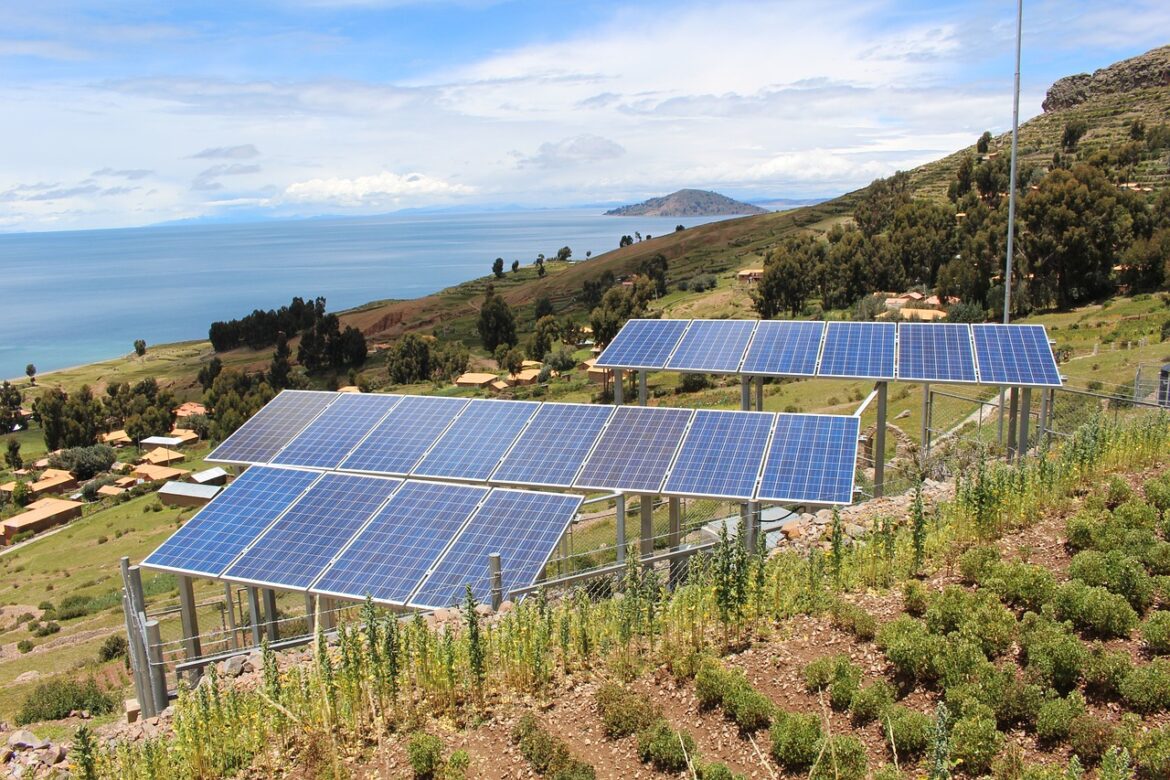In 2025, the push for corporate sustainability has moved from theory into action, with businesses integrating eco-friendly innovations, technologies, and strategies into their core operations. Let’s unpack some of the most exciting real-world trends making waves this year — no jargon, just practical insights for organizations and individuals curious about how sustainability is evolving in practice.
1. Tech-Powered Green Construction Taking Off
Construction is a heavy hitter when it comes to environmental impact. This year, innovative building technologies are transforming how buildings are planned and executed to be greener and smarter. Think solar panels and LED lighting not just as add-ons but integral parts of design, plus game-changing materials like engineered timber, which balances strength with sustainability. Even more futuristic is self-healing concrete, a material that repairs cracks on its own, meaning longer-lasting buildings and fewer resources wasted on constant repairs.
On top of materials, digital tools like ERP software streamline construction workflows — coordinating everything from procurement to logistics — which helps reduce waste and energy consumption. It’s a practical blend of tech and tradition, creating structures that don’t just stand tall but quietly protect the planet too.
2. Corporate Sustainability Matures Into the Business Heartbeat
More companies are realizing that sustainability isn’t just a reputation booster but a core business strategy. Leaders are embedding Environmental, Social, and Governance (ESG) factors directly into daily decisions — whether it’s sourcing materials, managing risks, or developing products. This holistic approach is often orchestrated by a small central sustainability team that sets strategy, while other departments like legal, procurement, and communications execute initiatives tailored to their expertise.
For example, procurement teams are making sustainability-conscious choices in supplier selection, while legal departments ensure compliance with evolving environmental regulations. This creates a dynamic where sustainability becomes a shared responsibility rather than an isolated effort, increasing impact without overwhelming any single team.
3. Water Stewardship Emerges as a Critical Priority
Water, the planet’s lifeblood, is drawing new corporate attention as droughts and resource scarcity intensify. Sectors heavily reliant on water, like agriculture and manufacturing, are adopting smarter, localized strategies ranging from watershed-level analysis to advanced recycling technology. Instead of broad efficiency drives, companies focus on managing water risks in specific regions — collaborating with local communities to safeguard resources.
Notably, many major firms have shown measurable progress, decreasing water consumption steadily since 2022, which signals a promising shift towards accountable and science-based water management.
4. Sustainability Meets Design and Experience in Packaging and Events
It’s not just production and operations that are evolving; consumer touchpoints like packaging and events are crafting new narratives around sustainability. Small to medium brands innovate with eco-friendly packaging materials, striking a balance between eye-catching design and environmental responsibility. Meanwhile, event décor trends for 2025 emphasize nature-inspired, sustainable elements that create bold yet Earth-conscious experiences — think floral sculptures and signage made from recycled materials.
These tangible examples show how sustainability now touches every facet of business, creatively engaging customers without sacrificing ecological values.
5. The Cloud Goes Green and Unified
Cloud computing, the backbone of modern business, is also stepping up with sustainability in mind. The emerging concept of the “supercloud” offers a unified platform that spans multiple cloud providers, making it easier to optimize workloads for efficiency and reduce carbon footprints.
The drive here is twofold: reducing the environmental impact of massive data centers and simplifying operations across hybrid and multi-cloud environments. Businesses get the best of both worlds — greener infrastructure and smoother, more secure control of their digital assets.
Why These Trends Matter to You
Whether you’re a business leader, an employee, or simply a conscious consumer, these trends show sustainability is increasingly practical, integrated, and impactful. Companies aren’t just talking the talk; they’re investing in tech, processes, and partnerships that drive real environmental benefits.
Stepping into 2025, sustainability in the corporate world reminds us that innovation and responsibility can walk hand in hand, creating a future that’s smarter, cleaner, and more resilient — all while keeping business thriving in a rapidly changing world.
References:
- https://gouldingmedia.com/must-know-packaging-trends-2025-unboxing-the-future-for-small-to-medium-size-brands/
- https://www.corporateeventnews.com/event-trends/10-event-d-cor-trends-for-2025-bold-memorable-and-sustainable
- https://community.wacom.com/en-us/graphic-design-trends-2025/
- https://www.baytobeachbuilders.com/8-design-trends-to-watch-for-in-summer-2025
- https://www.worldconstructiontoday.com/pressreleases/5-green-construction-trends-for-2025-how-technology-is-leading-the-way/
- https://corpgov.law.harvard.edu/2025/06/24/top-10-corporate-sustainability-priorities-for-2025/
- https://extension.usu.edu/news/
- https://www.datacenters.com/news/cloud-trends-2025-sustainability-and-supercloud-take-center-stage



